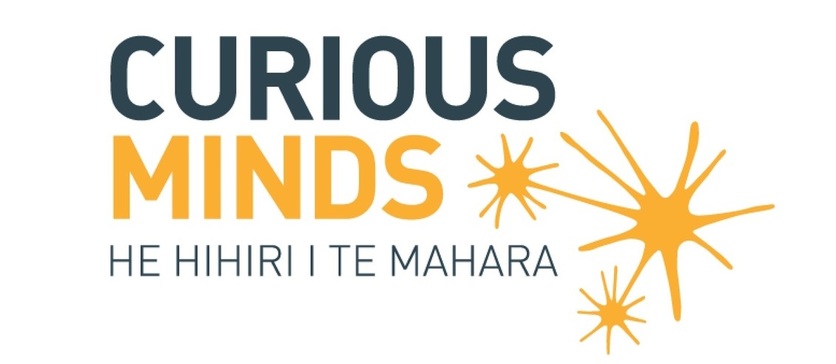Iwi Māori of Aotearoa did not have a written language until the 19th century, and knowledge was encoded and passed down through waiata (songs), pātere (chants), oriori (lullabies), toi (art), raranga (weaving), whakairo (wood carving) and other visual and oral forms. Within the carvings and other visual works, the intricate patterns, designs and symbols retold creation stories, detailed events in history and held the whakapapa of the iwi.
Rukuhia te ata o te whakairo
Rukuhia te ata o te wānanga
Rukuhia te ata o te wharekura
Whano, whano! Haramai te toki!
Haumi ē! Hui ē! Tāiki e!
Delve deep into the image of carving
Delve deep into the essence of knowledge
Delve deep into the image of schooling
Proceed! Advance! Welcome the adze!
Unite! Assemble the (vessel’s) ribs and hull!
Whakairo is one of the means of expressing history and identity and deeper connections with ancestors and deities. They are there to inspire.
Wiremu Puke, Tohunga Whakairo
Inspiration and symbolism
The earliest examples of Māori carving prior to 1500 show similarities to Eastern Polynesian carvings of the same period. As iwi Māori settled in Aotearoa and adapted to their new whenua, they developed their own style of carving. By the 1800s, detailed art forms had emerged that reflected the local fauna, flora and climate of Aotearoa. The symbolism that these art forms depicted varied slightly from rohe to rohe depending on the taiao. The meaning, however, held many similarities.
Two classical regional styles were emerging, with many local variations were emerging. The first, tuare or serpentine design, was associated with iwi from Hokianga, Hauraki, Tairāwhiti, Taranaki and Ngāti Whātua. This style depicts cone-like heads and long, sinuous, often s-shaped bodies. The body was usually uncarved, covered in unaunahi (fish scales) most common in the north. Variations were called ritorito (unaunahi clustered together like plants) and pūngāwerewere (unaunahi in a spiral shape).
The second major regional style was the eastern square style from Bay of Plenty, Thames, East Coast, the southern end of the North Island and Te Waipounamu. This style was so named for its broad, squat body type and large head, which dominated the entire form.
Selecting rākau
Rākau used for carving are often considered to be the embodiment of an ancestor or deity within the domain of Tāne Māhuta, the god of the forest. Karakia were offered in thanks and acknowledgement for the taonga being received. A tohunga whakairo (expert carver) was taught the whakapapa of trees or classification of trees and the best use of the rākau. The native forests of Aotearoa contain close to 220 different tree species so being able to identity what type of tree suited a specific use was important. The utmost care was also taken to not lose or misplace the wood chips used in the creation of whakairo. These were retained and returned to the whenua in the ngahere.
Carving tools
Traditionally, adzes and chisels, essential in a carver's toolkit were made from stone and pounamu. Another essential item in the toolkit was a mallet with a head made from whale bone or wood.
Pounamu was a prized stone found in Te Waipounamu, but traded successfully throughout Aotearoa in the 1700s. Many regional pūrākau exist that tell the origins of pounamu. A commonality that is shared across many of these pūrākau is the association between pounamu and tūhua (obsidian).
Pounamu is formed when extreme heat and moisture are trapped between obsidian and sedimentary rock such as sandstone. These connections between various stones are reinforced with the whakapapa of stone – see māramatanga Māori.
Becoming a tohunga whakairo (master carver)
A Tairāwhiti pūrākau about Ruatepupuke establishes whakairo as a taonga tuku iho – a divine gift handed down from the atua to tūpuna. The adorning of these whakairo is also said to have been gifted from the celestial realm. As such, this mahi toi (art form) is tapu and strict adherence to ritual practices was paramount. Tauira (apprentices) were selected and they studied and trained in this mahi toi for years as novices under tohunga of this art form.
This taonga tuku iho has survived colonisation, although barely in some rohe and is still very much a renowned taonga in Aotearoa today.
Ehara i a te rākau, kei ā te tohunga tārai i te rākau te whakaaro.
It is a carver, not the wood that has the understanding.
If you forget your tūpuna, you too are lost.
Mahi whakairo is a mahi rangatira with specific sets of skills and techniques that are learned and practised, transmitting the whakaaro, kōrero and hītori of the carver and the whānau, hapū and iwi. It is important that our artists are valued and supported.
Te whakapiringa o te tangata, te whakairinga o te kupu.
The gathering of people, the hanging place of history.
Related content
Explore additional Māori insights – māramatanga Māori – related to whakairo.
See the restoration of a pare (lintel) found in Maketū and housed in the Auckland Museum since 1901.
Useful links
Find out more about the origins of pounamu on the Te Ara Encyclopedia of New Zealand website.
Use this School Journal resource from Literacy Online to investigate other ways to view the art of whakairo.
Read more about pounamu and stone in this Level 4 Connected resource He Māpihi Maurea – A Prized Possession.
Acknowledgement
This content was developed as part of a project 'Te ohomauri o Wairere – the empowering life force of Wairere', funded by the Ministry of Business, Innovation and Employment through its Unlocking Curious Minds initiative.




